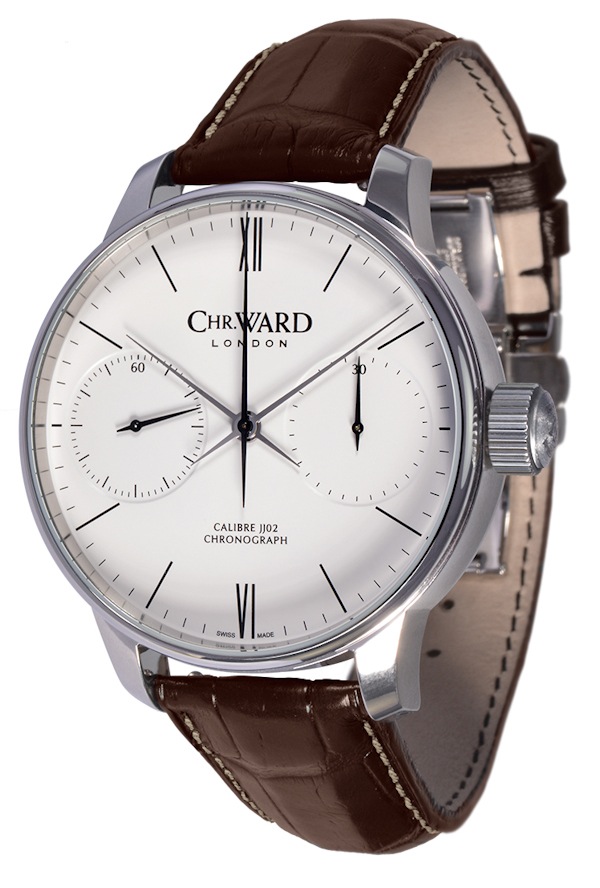ust announced, here is an opportunity to get a piece – literally – of Jaguar-cool and motorsports history for your wrist-wearing, time-telling pleasure. The limited-edition Christopher Ward C9 D-Type replica watch goes all out to celebrate the Jaguar D-Type cars that won the Le Mans race in 1955, 1956, and 1957. And Christopher Ward has even sourced metal from said cars to use in the replica watch’s construction – all sounds very English, no?

The Christopher Ward C9 D-Type replica watch is chock-full of design inspiration and other references to excite vintage racing fans, and yet looks relatively restrained. The dial design is based on the Jaguar D-Type’s speedometer, with the circled 12 o’clock marker very much evoking numbers painted on the Le Mans cars – though I believe Mike Hawthorn was driving #6 to win Le Mans in 1955, it makes sense here for 12 o’clock to be highlighted. We’ll come back to what part of the car is used in what part of the replica watch in a moment…
Christopher Ward is another value-focused brand that has been showing a lot of industrious dynamism. Notice the updated logo on the dial that we discussed in of our coverage of Christopher Ward’s recent rebranding. The Christopher Ward C9 D-Type is sportier than most C9 replica watches that fall on the dressier side, while Motorsport timepieces seem to be mostly represented in the brand’s C7 range. It seems like this fills the vintage racing gap for the brand that includes an array of replica watch genres for just about every taste.
While Christopher Ward has, notably, produced its own in-house movement debuted in the C9 Harrison (reviewed here), this particular replica watch is “Swiss-Made, British Designed.” Inside the Christopher Ward C9 D-Type’s 43mm-wide, 30m-water-resistant, polished steel case is the Swiss ETA Valgranges A07.161 automatic movement that runs at 4Hz (28,800bph) with a 46-hour power reserve – and it’s kind of interesting to see as a less common ETA movement.

